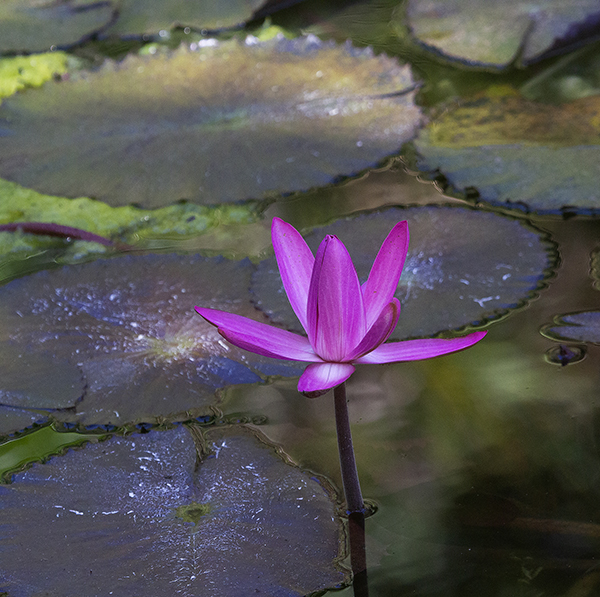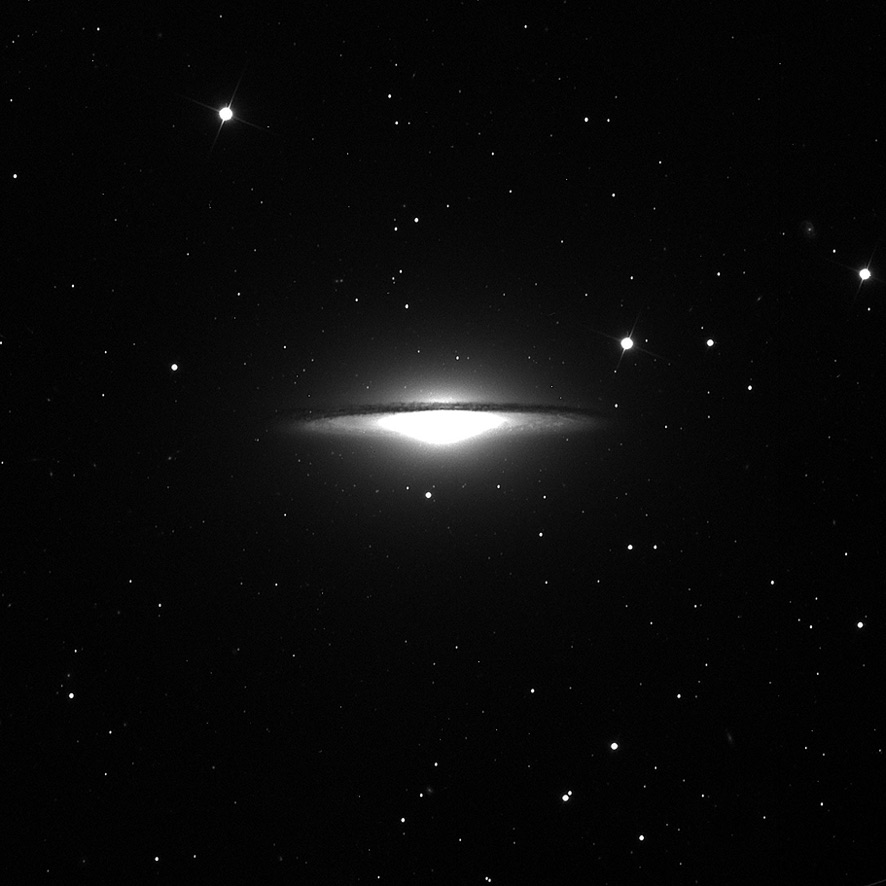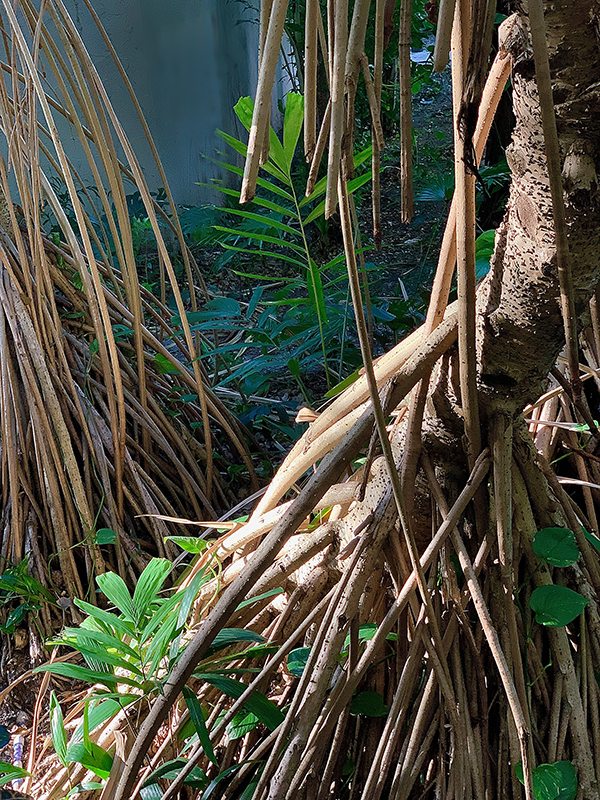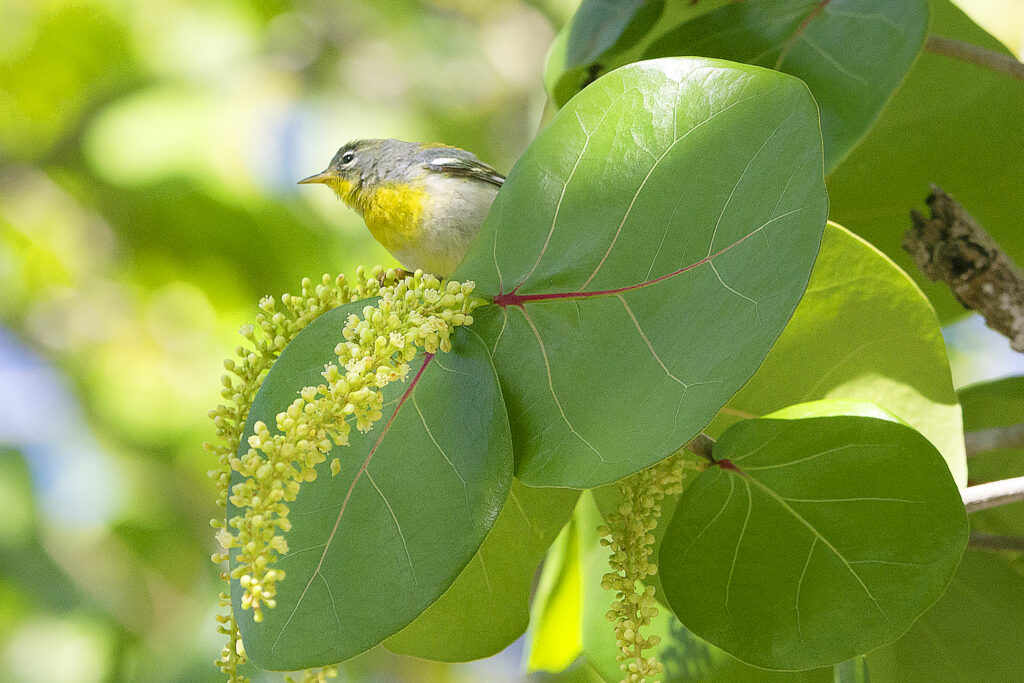
Yesterday was an absolutely glorious day and I went for a walk with my camera at Great Meadows National Wildlife Refuge, in Concord, MA. At one point the trail has a little boardwalk bridge that crosses a now almost completely dry stream. As I approached this stream I could see a very spiny snapping turtle, only about five inches long, walking in the stream bed. I approached it cautiously so as not to panic it and even sat down and talked to it as I took photographs with both my iPone and my Canon.
It is a juvenile common snapping turtle (Chelydra serpentina). I emphasize the word juvenile, because for a while I was confused by its prehistoric spikiness and thought it was an alligator snapping turtle, which are not found this far north. An interesting feature is how the nostrils are at the very apex of the nose enabling this turtle to lie quietly just below the surface in its hunt for prey.
Snapping turtles cannot retract their bodies into their shells, known as carpaces. So this turtle just stared, probably unhappily at me. At one point it stretched out its neck and looked side to side revealing the origin of species name serpentina. For me, it was a metaphysical commune with nature moment.
I carefully got up and walked away. When I was a bit further down the trail, I turned and looked back. He had resumed his walk, as if nothing had happened. Resumed his focus and purpose.
My friend points out that he.she looks very much like the leading man, Robert Mitchum.
Canon T2i with EF 100-400 mm F/4.5-5.6 L IS USM lens at 375 mm, ISO 1600 Aperture Priority AE mode 1/4000th sec at f/7.1 with no exposure compensation.








